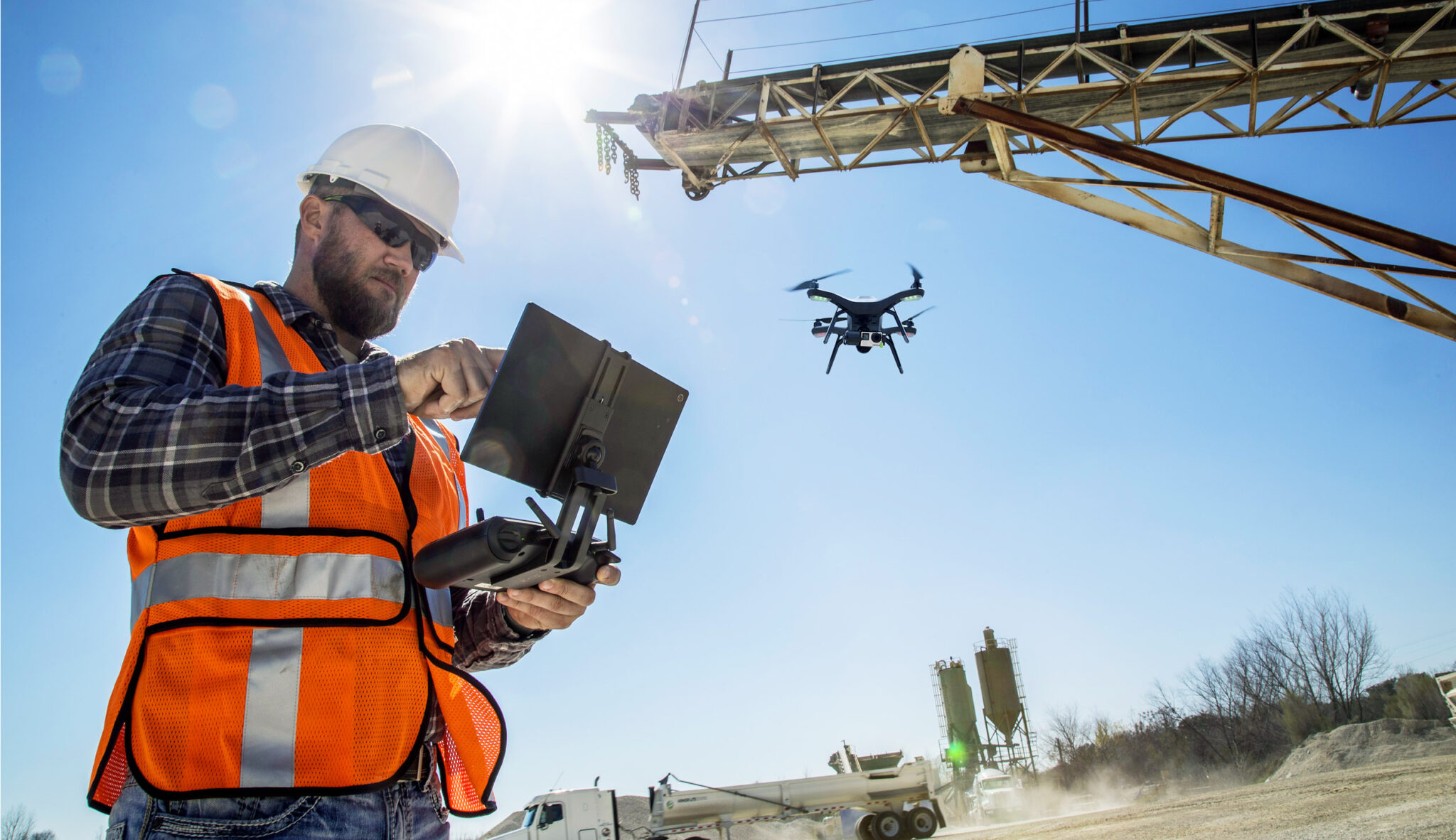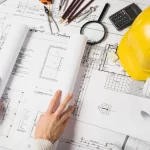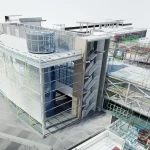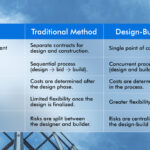In recent years, drones have revolutionized various industries, and construction is no exception. These high-tech flying machines are transforming the way we plan, manage, and execute construction projects.
Drones are now essential for tasks like surveying large areas, inspecting difficult-to-reach spots, and providing real-time updates. Let’s look at the important roles drones play in construction and how they help improve project management.
The Role of Drones in Construction
1. Surveying with Precision
Surveying is one of the most critical steps in building construction, and drones are giving this accuracy new machine precision and boldness. Traditional methods of surveying land often cost a great deal in time, manpower, and other resources. Drones equipped with complex sensors and advanced cameras can take high-definition images, and before the day’s end generate detailed topographic maps of an area for earthworks design and construction in just hours.
Traditional surveying is not only less accurate than these overnight surveys,but also generates payments which must be made annually to landscape architects and other specialists.Drones equipped with high-end sensors and cameras can capture high-resolution photos. Within just a few hours, a team of drones can produce precise topography maps.
With their ability to access hard-to-reach areas and cover large terrains quickly, drones:
- Provide accurate data for site planning and design.
- Detect potential obstacles or hazards early in the project.
- Reduce costs associated with traditional surveying methods.
By integrating drone data into project management services, construction companies can make informed decisions and avoid costly errors.
2. Inspection Made Safer and Smarter
In inspecting construction structures, particularly tall, complex or difficult ones to get at, workers are very much at risk. Climbing scaffolding, using cranes, or relying on manual inspections often involve significant risks to safety: falling down, exposure to hazardous environments or accidents with heavy machinery. Drones make inspections a much safer, more efficient alternative for inspections.
Equipped with high-definition cameras and thermal imaging capabilities, drones can:
- Inspect roofs, bridges, and high-rise buildings without scaffolding or cranes.
- Identify structural weaknesses, cracks, or heat leaks.
- Provide clear visuals in hazardous environments, such as post-disaster assessments or ongoing construction zones.
Drones have made a breakthrough in the way we ensure the safety of structures. As an important part of their project management services, the use of drones significantly enhances overall safety and quality control.
3. Real-Time Project Monitoring
One of the standout benefits of using drones in construction is their ability to monitor projects in real-time. Keeping track of progress across large or multiple sites can be challenging, but drones provide a bird’s-eye view that simplifies this process.
Through regular flyovers, drones:
- Capture up-to-date aerial footage and 3D models of the site.
- Highlight discrepancies between planned designs and actual progress.
- Enable stakeholders to remotely track project milestones and address delays.
Real-time project managers can ensure that timelines, budgets, and resources are optimized. When drones are incorporated into construction project management services, the whole team benefits from a model of maximum transparency new look or envisionment.
4. Enhancing Collaboration and Communication
Drones can also prove essential in asserting better communication between project participants.Collected images and data you gather from drones can be immediately shared with clients, architects, engineers, or workers. This kind of combined teamwork guarantees that everyone is speaking the same language, contributing to fewer misunderstandings and more responsibility.
For example:
- Clients can virtually tour the construction site without being physically present.
- Engineers can analyze drone data to make real-time adjustments to designs.
- Contractors can use drone footage to coordinate tasks and optimize resource allocation.
5. Sustainable Construction Practices
Sustainability is becoming a main focus in the construction industry, and drones are playing an important role in supporting eco-friendly practices. By providing precise and real-time data, drones help reduce the need for excessive machinery and lower the environmental impact of construction projects.
Traditionally, large equipment is needed for tasks like surveying, inspections, and data collection, which consume significant energy and contribute to carbon emissions. Drones, however, can perform these tasks efficiently without the need for heavy vehicles, which reduces fuel consumption and lowers greenhouse gas emissions.
Additionally, drones help minimize on-site waste by enabling more accurate resource planning. With detailed aerial maps and 3D models, construction teams can better estimate the materials required, preventing over-ordering and reducing the waste of excess materials
They also:
- Help identify environmentally sensitive areas that need protection.
- Optimize resource utilization by detecting inefficiencies early.
- Support green construction initiatives by reducing the carbon footprint of traditional surveying and inspection methods.
The Future of Drones in Construction
As technology advances, the capabilities of drones in construction will only expand. From integrating AI for predictive analytics to using drones for material delivery, the possibilities are endless. For construction firms offering project management services, adopting drone technology is no longer an option but a necessity to stay competitive.
By using the power of drones, companies can enhance productivity, reduce costs, and deliver high-quality results while ensuring safety and sustainability. The construction industry is ready for significant transformation, and drones are leading the charge.
Are you ready to integrate drones into your construction projects? Consult experts in project management services to make the most of this cutting-edge technology and improve your construction outcomes to new heights.





